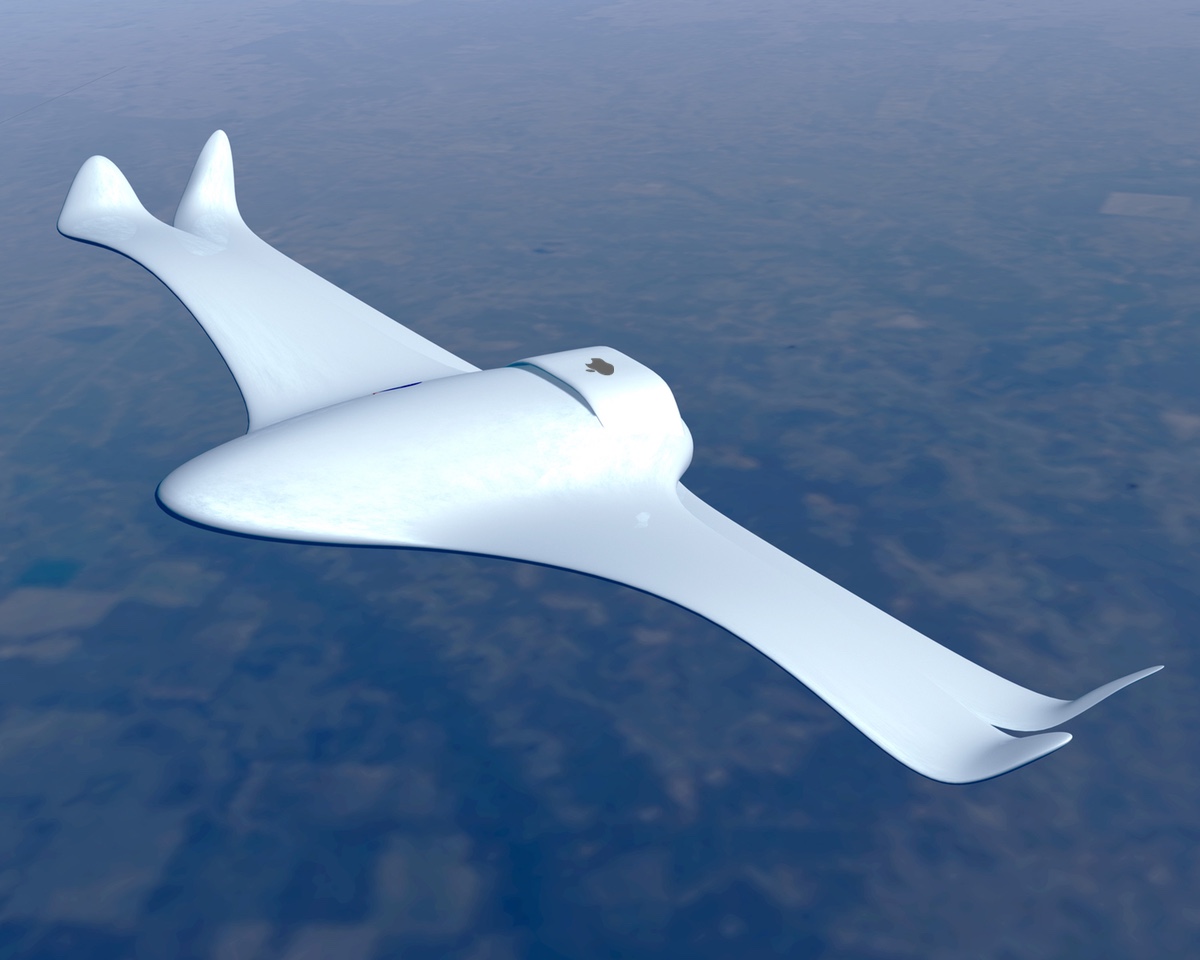At first, it could be mistaken for a conventional, albeit extraordinarily sleek, airplane. The craft’s engines roar, and it picks up speed as it races down the runway. Upon liftoff, though, it doesn’t level off like an ordinary plane, but continues upwards at an increasing angle as if it’s straining to reach the stars. Suddenly, booster rockets kick in, and the craft reveals itself to be a true spaceship, rising higher and higher into the sky, its clean white body marked only with a light grey Apple logo on the tail.
It may sound far-fetched, but it might make sense for a computer maker that’s revving on all engines and enjoying iconic status as a purveyor of all things cool. After all, who would have thought just a few years ago that Apple would own such a large percent of the music business. And surely Apple’s cult-like followers would line up to plunk down big bucks for a ride on the “iCraft.”
Practically admitting the rumors were true, Apple refused comment on the story.
—–
OK, back to reality — “down to earth,” if you will.
The above scenario is pure wild-eyed speculation, based on absolutely no evidence and fewer facts. Which means it’s got a lot in common with another piece of nonsense published in Forbes. All that’s missing in our little piece of fiction is a quote from Rob Enderle, who’s practically made a cottage industry of writing dumb, wrong things about Apple.
In “Everybody in the Pool,” Forbes writer David M. Ewalt reports on how Apple is considering launching its own mobile phone network. Go ahead, read the story. Now read it again. Nowhere is there a shred of evidence — or anything other than Ewalt’s imagination, for that matter — to suggest the story might be true. To give the writer credit, (I suppose) he doesn’t even try; there isn’t even a suggestion of an “according to sources who wish to remain anonymous” attribution. The only facts in the story concern other companies’ plans, not Apple’s. Disney, for instance, has announced it plans to launch a “family-centric” wireless network. ESPN has already launched a service, as has convenience store chain 7-Eleven. How Ewalt makes the leap to Apple launching a service is no less reality-defying than our own little iCraft fantasy.
The one item that relates Apple to phones is the iTunes-enabled phone being developed with Motorola. Since when is launching a mobile network a prerequisite to developing a mobile phone? And why would Apple want to limit the potential distribution of such a phone to its own fledgling network? Even Enderle’s quote doesn’t suggest that. He only asserts that mobile carriers would prefer to sell music through their own service and would rather have an iTunes phone sync through their networks rather than a computer.
So why make Apple the focus of this piece of pure speculation? My guess is it’s because stories about Apple draw eyeballs. Lots of them. And lots of eyeballs translate into lots of advertising dollars. It’s an old trick that still works. Even when Apple wasn’t the wunderkind of American, even worldwide, culture, websites would run “Apple is dying” stories that would incite Macophiles, excite PC users and make giddy the advertisers who were serving ads to everyone. These days, however, its getting harder to run that kind of story without looking genuinely clueless, so “What-secret-device-will-Apple-unveil-next” stories are taking their place — to the delight, no doubt, of the twenty or so advertisers on the page hosting the Forbes article.
“Everybody in the Pool” could have been a nice little look at boutique phone networks, and the ways companies are extending their brand equity through emerging technologies. It could have been a nice thought piece about why Apple might want to consider such a move — but that would have required analysis, and analysis is hard work. Instead, it becomes a sensationalist supposition unworthy of Forbes, good for nothing but generating page views. It can’t even be called a piece of good old rumor-mongering, because by all the evidence available in his article, Ewalt isn’t reporting on rumors, he’s making them up.
So does that mean Apple isn’t launching its own phone network? I have no idea. But based on what we can see in Ewalt’s article, neither does he.
